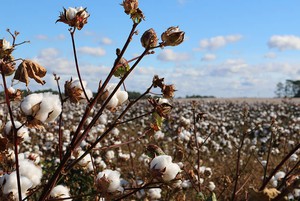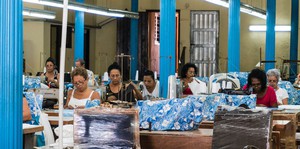- Clothes
- Bags
- Accessories
-
Inspiration
- Shoes
Should You Support “Made in Afghanistan” Clothes & Brands?
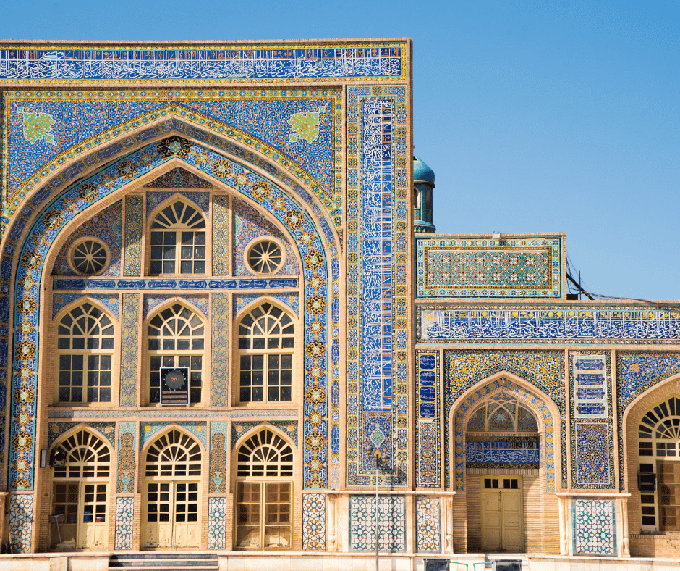
Bright blue lapis lazuli. Sheepskin and wool coats in earthy tones. Handwoven red rugs with unique patterns.
Thinking of Afghanistan used to bring up a colourful image of its rich artisan traditions. Now, after the Taliban takeover, the reality is much darker, especially for women.
So, what’s behind “made in Afghanistan” clothes and accessories? And should you support Afghan brands right now?
Here’s some context and some thoughts, from one ethical consumer to another.
Afghanistan’s situation in a nutshell
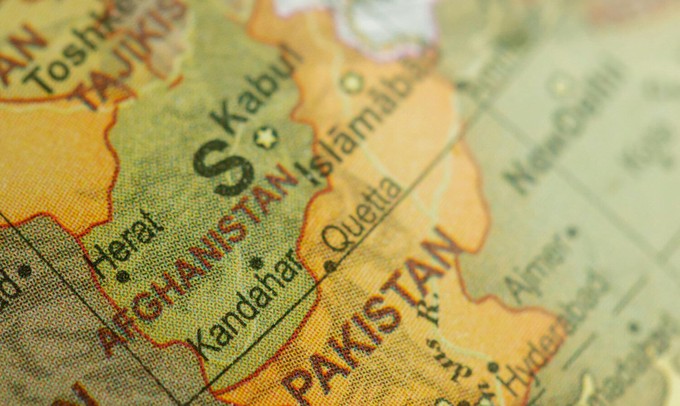
- Strong traditions – Afghanistan has a rich historic background in the field of textiles and decorative arts, with handcrafting and weaving techniques being passed down generations for millennia
- Silk road – Thanks to its position on the Silk Road, it became particularly known for its textiles and carpet trade
- The Paris of Central Asia – Afghanistan experienced a stable period between the 1930s and 1970s and its “golden age” during the 60s and 70s. That’s also when its fashion reached the West, with the Afghan coat becoming an iconic staple and Kabul being known as the Paris of Central Asia
- Instability – After that, however, Afghanistan went through decades of instability (wars, guerrillas, rebellions, a first Taliban takeover, an interim government…) which culminated in a second Taliban takeover in 2021
- The reality after the Taliban takeover – Afghanistan is now experiencing a tragic humanitarian crisis: girls and women losing their rights, an economic collapse, food insecurities, and all kinds of human rights violations
But how is this related to fashion and the “made in Afghanistan” items that you may or may not purchase?
Ethical and sustainability problems with “made in Afghanistan” clothes and items
- Lack of transparency – Many fashion brands basing parts of their production in Afghanistan fail to show their supply chain. So, there’s no way of knowing who made those clothes and how (for example, do they involve cotton that’s loaded with pesticides? Were they made by underpaid and exploited garment workers?)
- Child labour – It was already a big problem, but the humanitarian crisis that followed the Taliban takeover led to an increase in child labour. It often affects the agricultural sector, carpet weaving, and garment production more heavily
- Modern slavery – Due to the continuous violation of human rights, more and more Afghan people (women in particular) are now living in modern slavery conditions
So, does that mean you should avoid clothes and items made in Afghanistan? No.
On the contrary, by actively supporting those businesses, you could make all the difference for many people, and especially women.
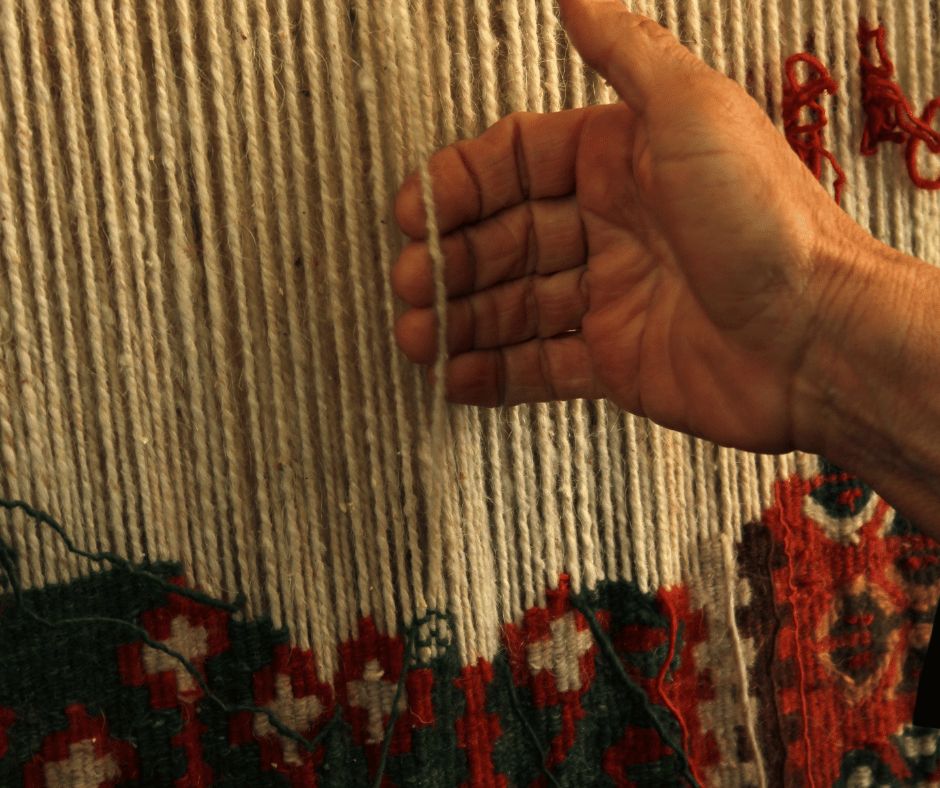
Ethical and sustainability benefits of “made in Afghanistan” clothes and items
- Artisan craftsmanship – By choosing clothes and items made by local artisans in Afghanistan, you’re keeping alive thousand-year-old traditions and techniques
- Eco-friendly benefits – Items made by those artisans tend to involve local resources and fabrics (= lower carbon emissions compared to long-distance transportation of raw materials and textiles) and a much smaller-scale production than big fast fashion brands (= less waste)
- Helping women make a living – The Taliban are excluding them from education and traditional professional ladders. Fashion, on the other hand (which has lower entry barriers and doesn’t necessarily require access to someone else’s workplace), can help women survive and work towards self-sufficiency. And in some cases, female-led businesses in sectors like handicrafts, carpet weaving, and textiles are still supported by the government
- Helping other vulnerable groups – Some clothing brands in Afghanistan are helping refugees and internally displaced persons by offering them employment opportunities
How to support ethical clothing brands and artisans in Afghanistan
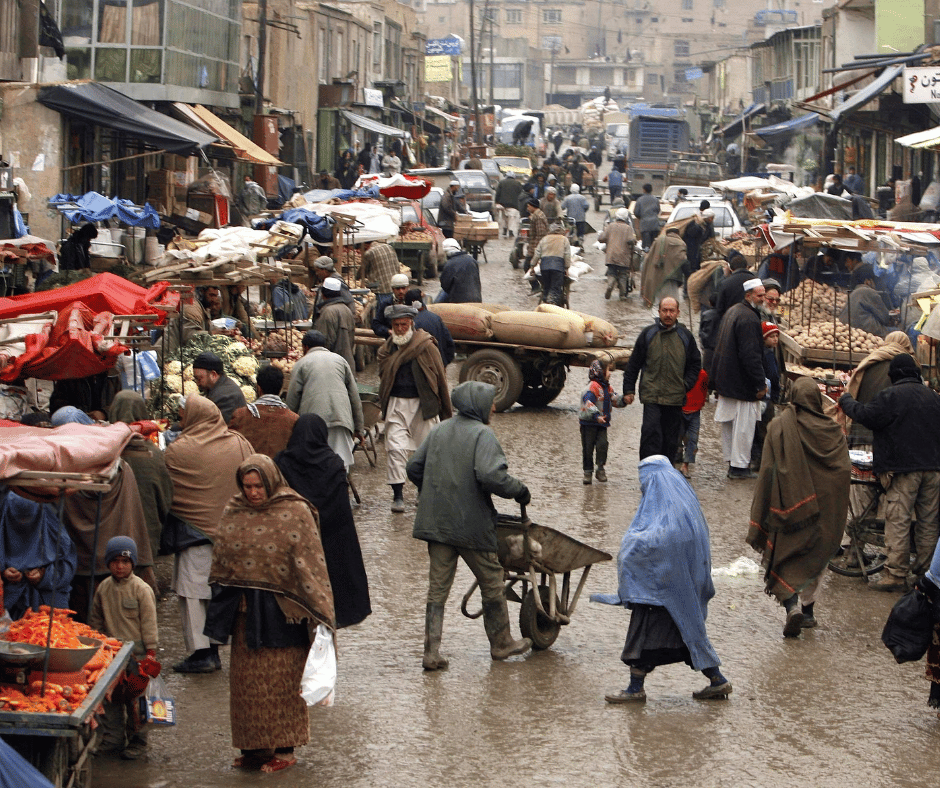
image credit: Wasim Mirzaie
By actively supporting these brands, you can make a huge difference for women and vulnerable groups during these tragic times.
But how can you do that without promoting sweatshops or child labour?
Look for transparency, especially on these brands’ websites and marketing materials:
- Certifications – Are they partnering with third parties to guarantee that their clothes are made ethically and sustainably?
- Supply chain – If a brand is based in a different country but outsourcing some of its production to Afghanistan, are they telling you what suppliers they’re working with? Do they visit their factories regularly (or work with someone to do that) to ensure those garment workers are treated fairly?
- Local brands – Read their story, and consider supporting women-led fashion brands in Afghanistan to help them survive and employ more vulnerable people, too
- Donate, if you can – Some of the charities and organisations helping women, girls, children, and vulnerable people in Afghanistan are the UN’s Afghanistan fund, CARE, Women for Women, Afghanaid, and Save the Children.
There’s no way around it: it is a horrible humanitarian crisis.
We don’t believe that boycotting Afghan brands or “made in Afghanistan” clothes is the answer, though. On the contrary, by supporting them, you can help more women and vulnerable people improve their situation.
_large.png)
Share our story
Related articles
Child Labour in Fashion: Are Your Clothes STILL Made by Kids?
Cheap clothes—yes, even the ones in your wardrobe—often hide a high cost, including child labour. Here's why (& what we can do about it).
Do Sweatshops Still Exist in Europe & for Big Fashion Brands?
These factories aren’t as distant as we believe, neither in time nor space! Here’s the reality of sweatshops in Europe or behind popular high street brands.
How to Check if a Brand is Sustainable: 7 Effective Tricks
Enough with greenwashing! Here’s how to tell if a brand is actually as sustainable as it sounds or just another fast fashion company pretending to be ethical.
Project Cece is a platform that collects ethical fashion from vetted brands and shops in one place. Browse ethical fashion for women and men and find items that fit your style, budget and values!
